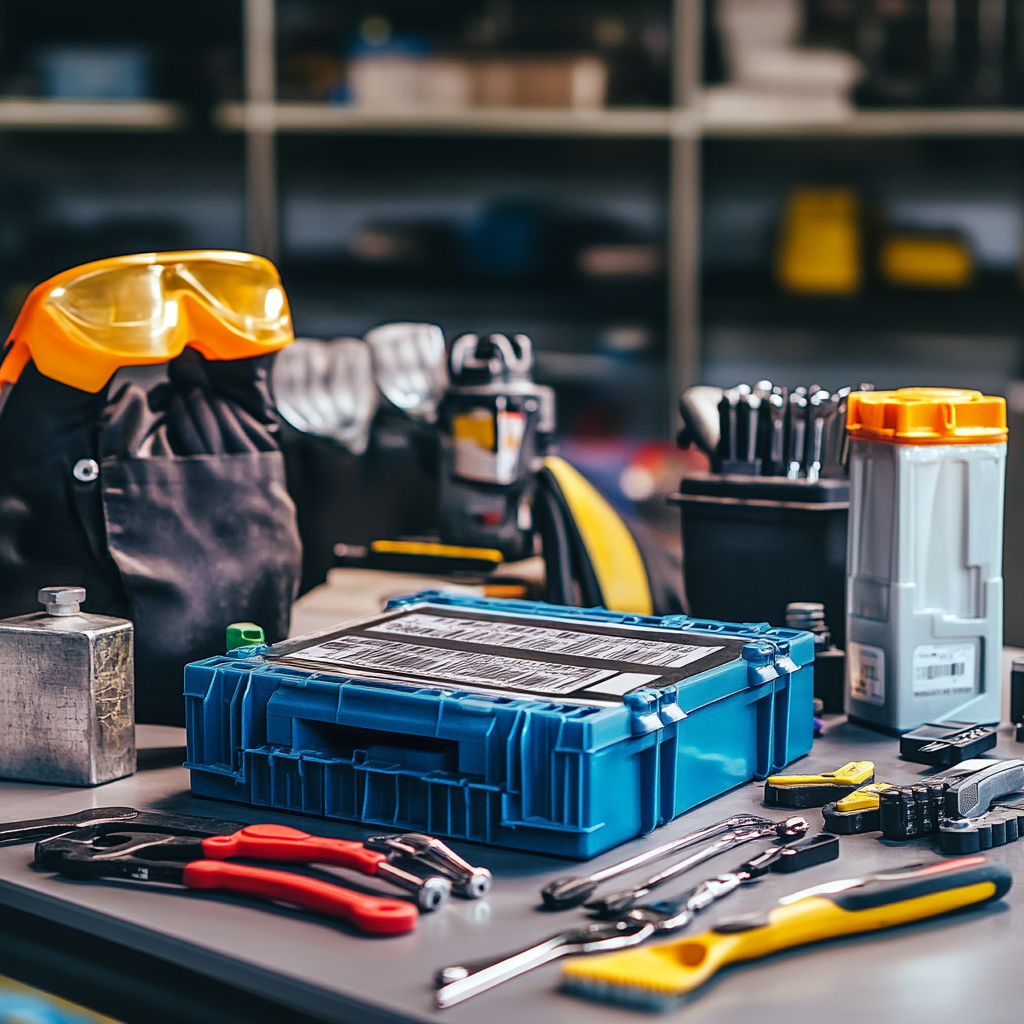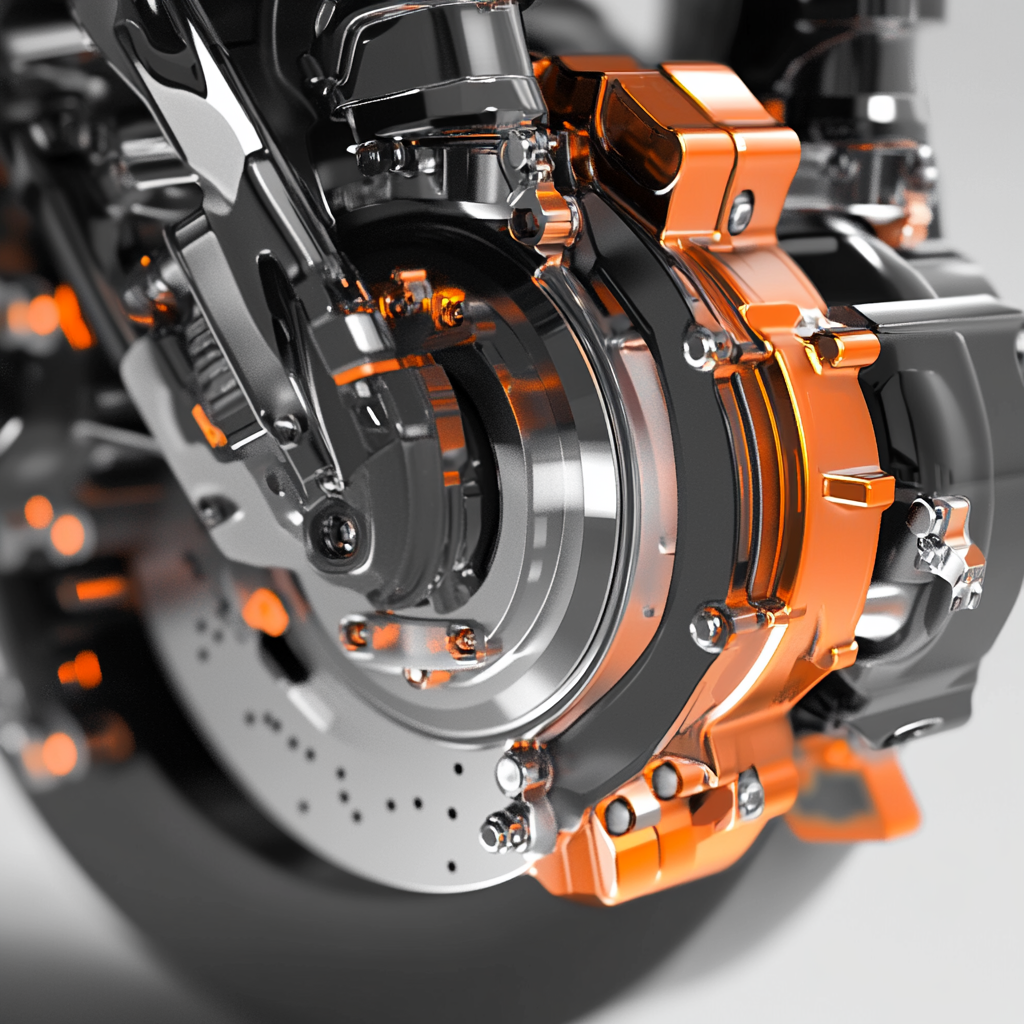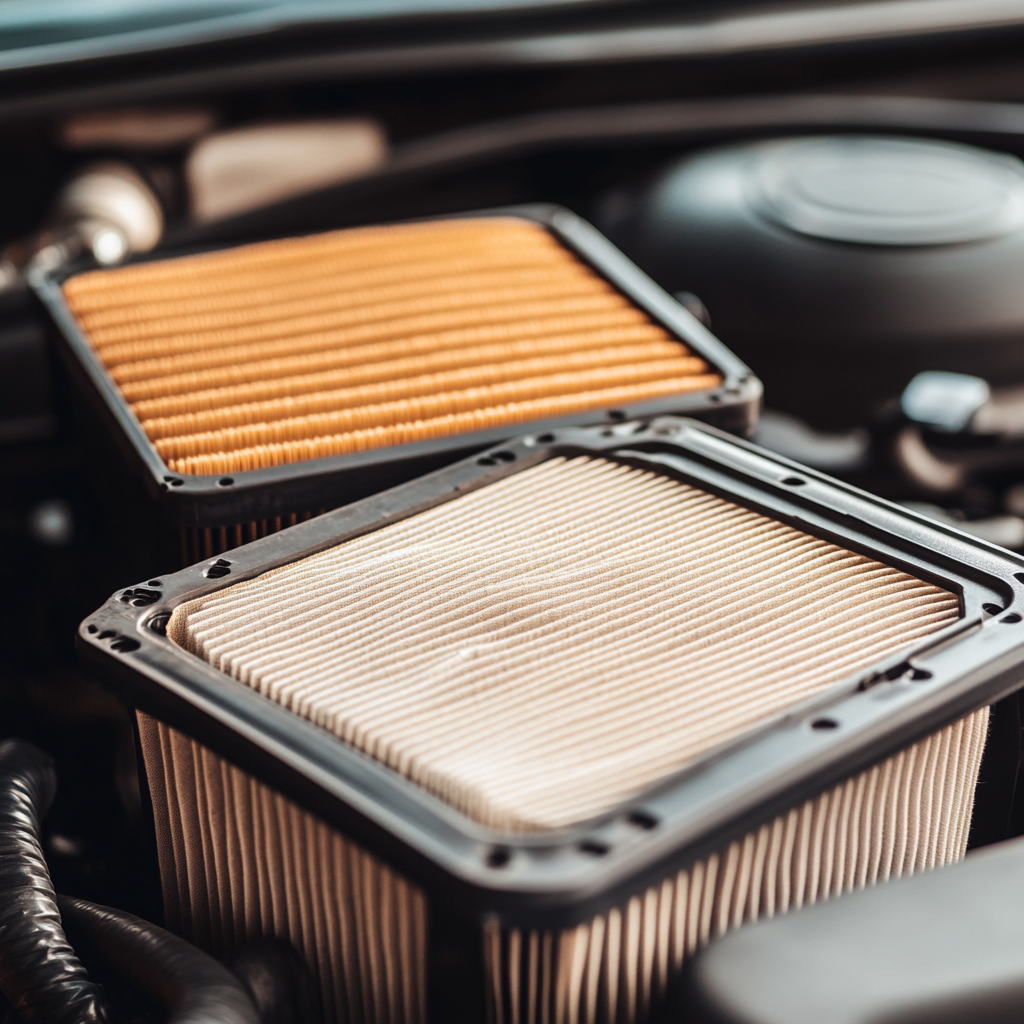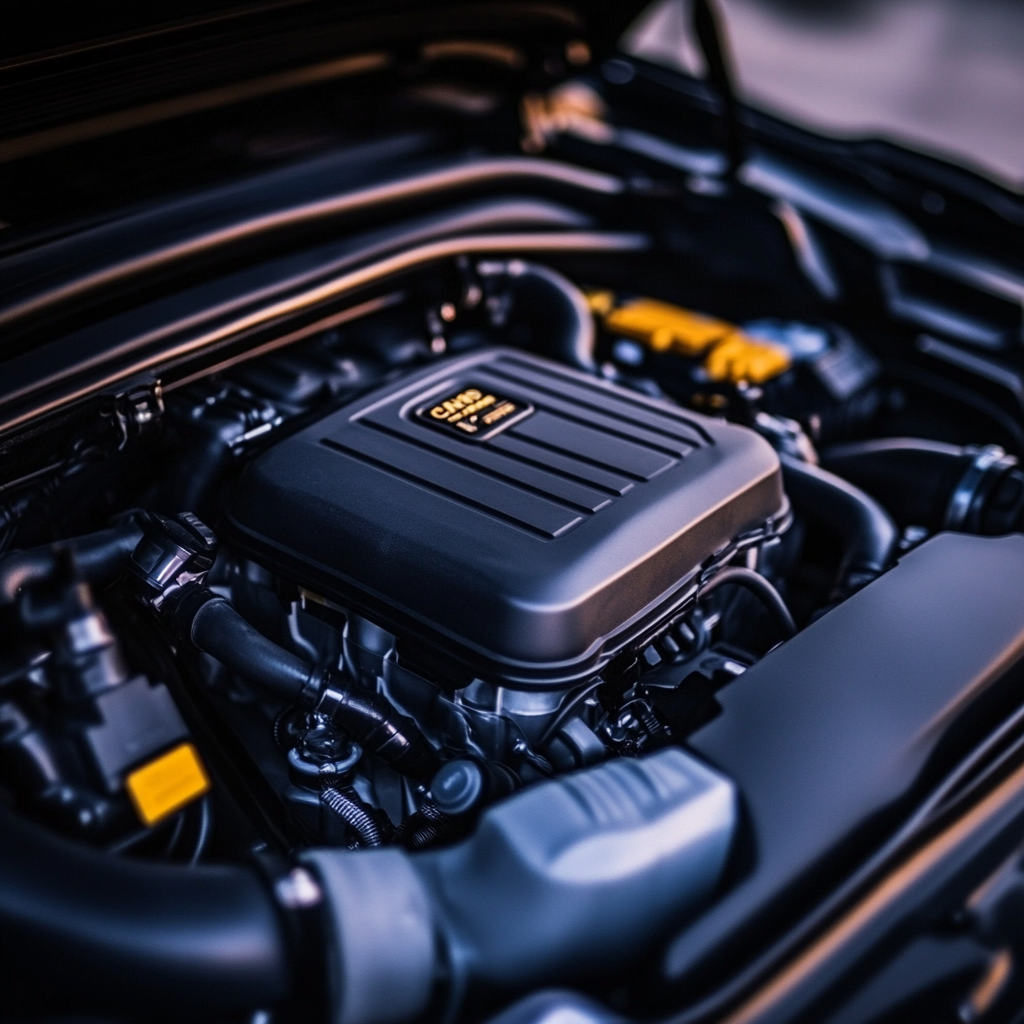As a car owner we know that car batteries don’t last forever, and they often fail at the most inconvenient times. That’s why knowing how to replace a car battery is a handy skill that can save you both time and money. You can handle this process by yourself in just a few minutes, instead of waiting for roadside assistance. It is one of the simplest processes that anyone can learn, and by doing this yourself helps you to avoid delays and unnecessary cost.
This step-by-step guide will show beginners how to exchange a car battery easily. With careful attention and some basic tools, you can run your car again on the road. Whether your battery dies unexpectedly or it’s time for replacement, learning this skill gives you more control over your car’s maintenance.

Signs You Need a New Car Battery
Before your car’s battery completely dies it shows some clear signs. One of the most common symptoms is a slow engine crank. When your car takes longer times to start than usual or it makes a sluggish noise, it’s a clear sign that your battery is weakening. Another most common indicator is dim or flickering headlights. A weakening battery struggles to power your car’s electrical components. For this reason, it leads to weak lights or flickering dashboard indicators.
Sometimes you may notice electrical issues like malfunctioning power windows and radio’s problem on your car. This is happening because your car’s battery may not be providing enough power. Additionally, the check engine light or a battery warning light on your dashboard may come on, signalling that something is wrong with your battery.
If your car’s battery is more than three to five years old, then start checking its health regularly. Wearing of your car’s battery also depends on extreme weather, both hot and cold weather can speed it up. Keeping an eye on these signs can help you prevent sudden battery failure and keep your car running smoothly.
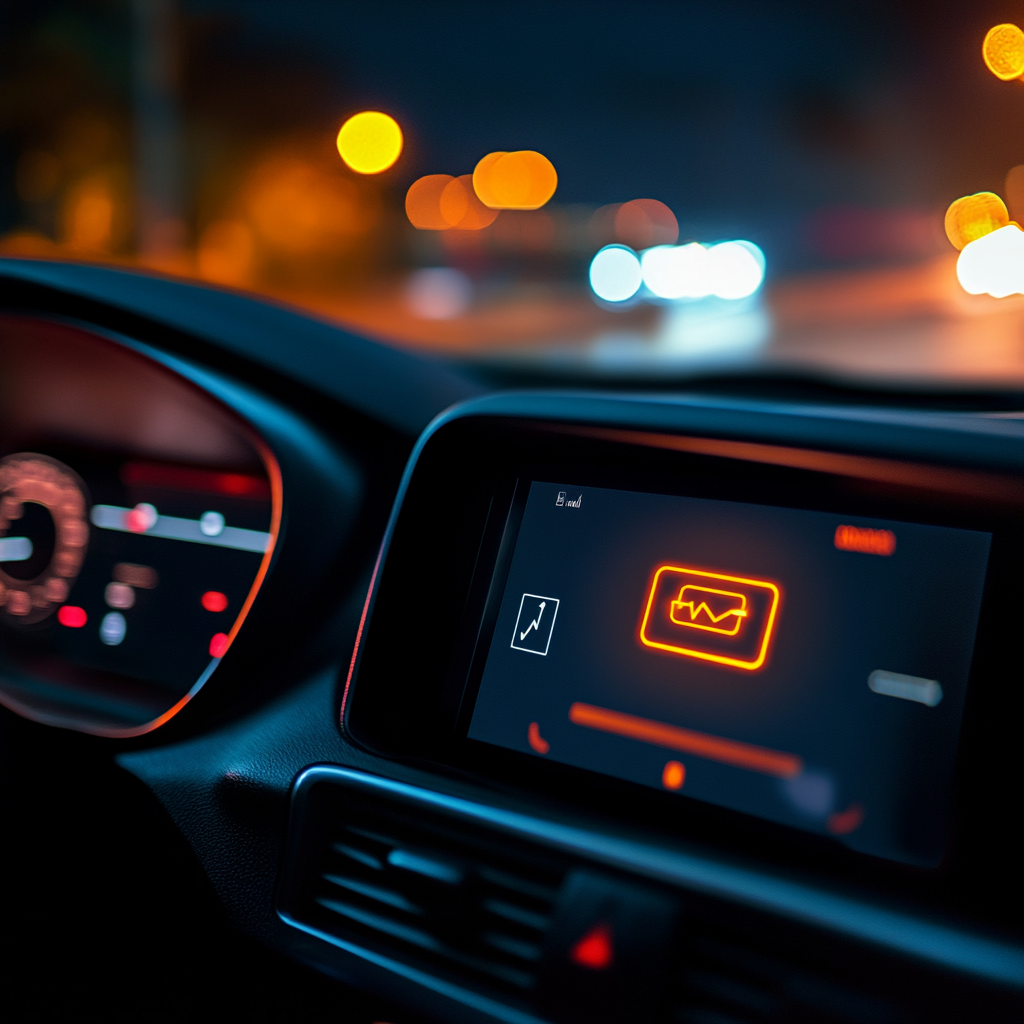
What You Need to Exchange a Car Battery
Before you start replacing your car’s battery it’s essential to gather all the necessary tools and safety equipment. Having everything ready on your hand will make the process smoother and safer. Here’s what you all need:
-
New car Battery:
First of all, you need to purchase the perfect size and storage battery for your vehicle. For this you can prefer your car’s manual or the old battery for the right specifications.
-
Wrenches or Socket Set:
We will use these to loosen and tighten the battery terminals. Most commonly car manufacturers use a 10mm bolt, but this may vary based on your car. For this you can follow your car’s manual.
-
Battery Terminal Cleaner or Wire Brush:
Due to extreme weather and pollutants present in air can build up corrosion on battery terminals. So, a cleaner or brush will help you remove it, ensuring a good connection.
-
Gloves:
We know that batteries contain acid, by wearing gloves you can protect your hand from any battery acid or dirt during the replacement.
-
Safety Goggles:
In some rare cases old batteries can leak acid or explode. Safety goggles will protect your eyes from any splashes that may happen to your battery.
-
Shop Towels:
You’ll need these to clean up any dirt or spills.
-
Memory Saver (optional):
Some modern cars lose electronic settings when the battery is disconnected, like radio stations or clock settings. To avoid this situation you can use a memory saver, it helps retain these settings during the replacement.
-
Anti Corrosion Spray (optional):
After installing the new battery, you can apply this to the battery terminals. Which will help prevent future corrosion. Which can affect battery performance over time.
By having these tools and safety gear ready, you will ensure a smooth and safe battery replacement. Preparing properly will save your time and help prevent damage to your vehicle or yourself during the process.
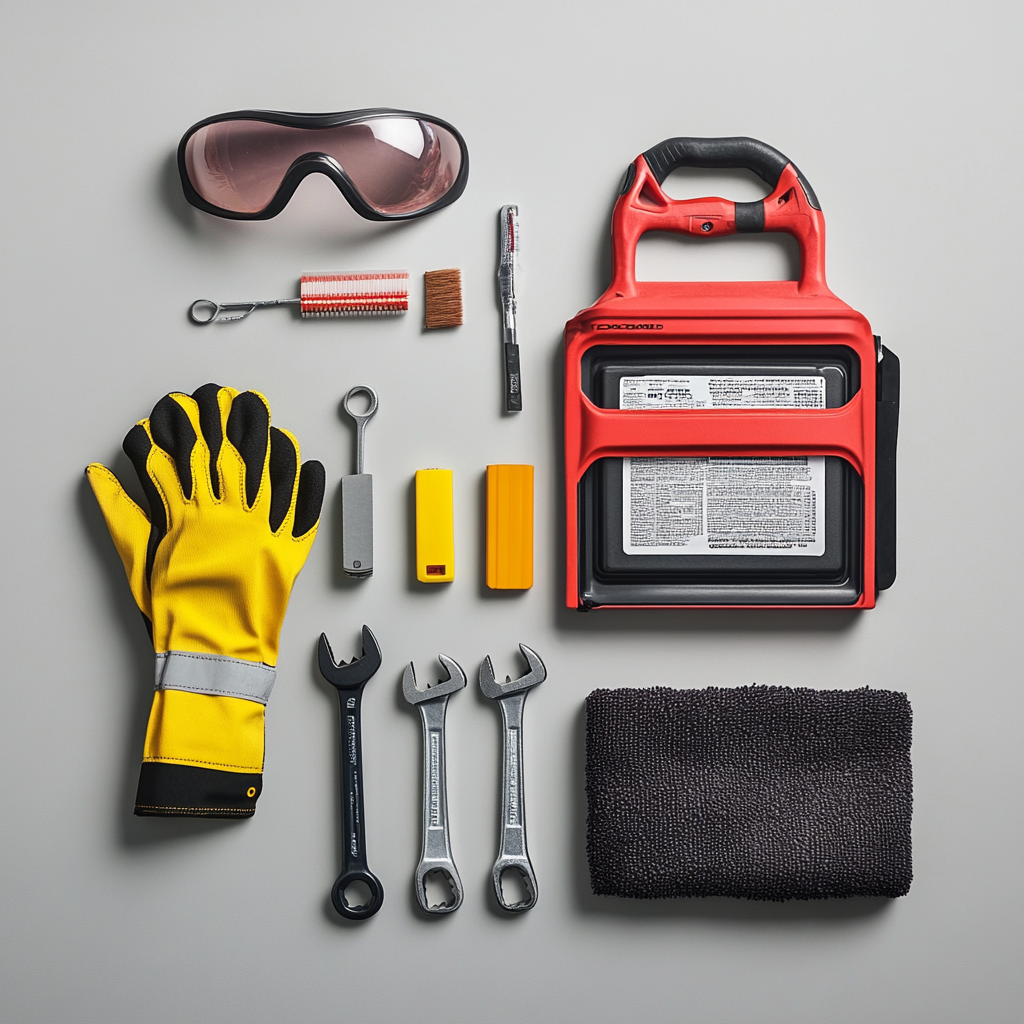
How to Safely Disconnect the Old Battery
Step 1: Turn off the engine
Before you start doing anything, make sure your car is turned off for at last 30 minutes. And try to engage the parking brake for extra safety. If your car has any electronic devices running, turn them off to prevent electrical issues.
Step 2: Wear Protective Gear
While working with a car’s battery, always wear gloves and safety goggles. Car’s batteries contain sulfuric acid, if it spills it can cause burns. Gloves will protect your hands from acid and dirt, while goggles will shield your eyes from any unexpected splashes.
Step 3: Locate the Battery
Open your car’s hood and locate the battery. For most of the car’s, it is located near the front of the engine Bay. But some vehicles may have it in the trunk or under a seat. Check your owner’s manual to easily locate your car’s Battery.
Step 4: Disconnect the Negative Terminal First
Always start disconnecting from the negative terminal. Negative terminal is usually marked with a minus (-) sign and covered with black cable. Now loosen the nut on the negative terminal using a wrench. Once you remove the nut, carefully remove the cable and set it aside. Make sure it does not touch any metal parts of your car. This will prevent electrical sparks.
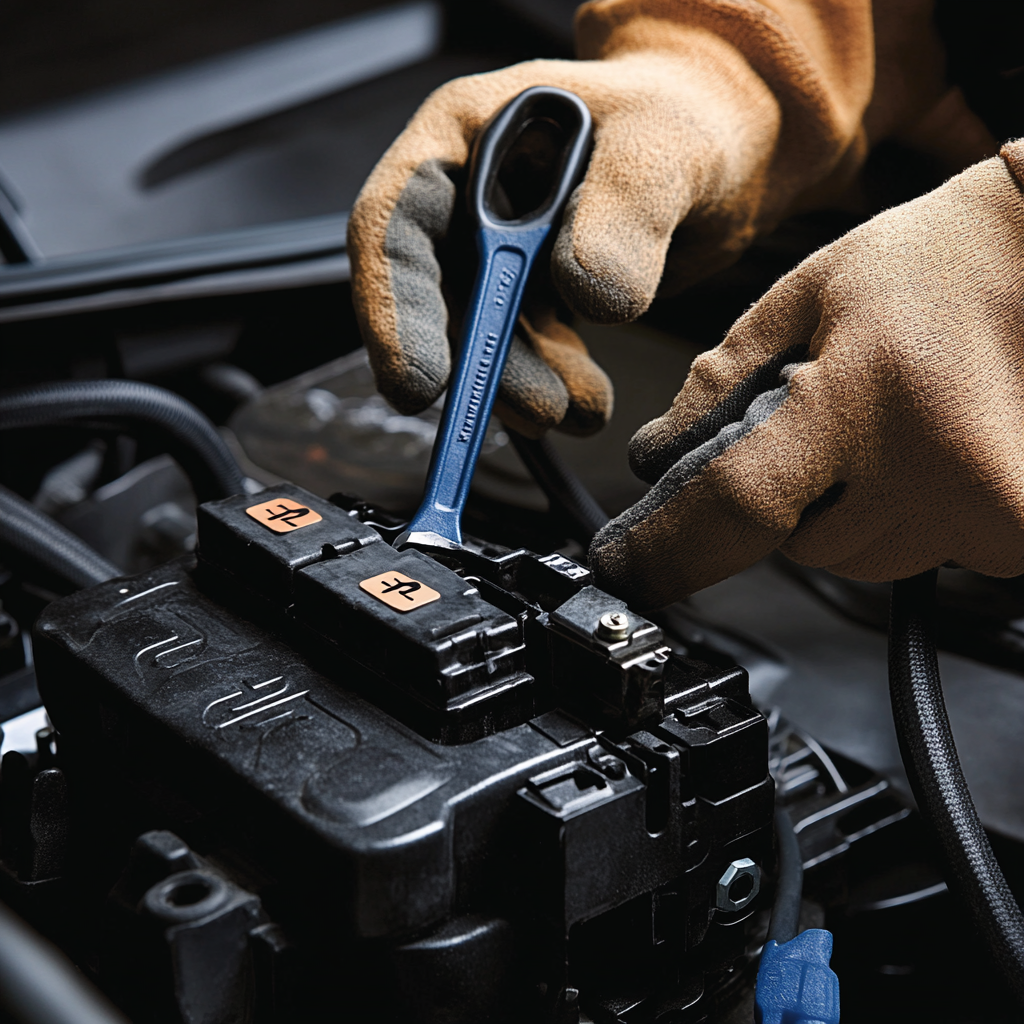
Step 5: Disconnect the Positive Terminal
After successful removal of the negative terminal, proceed to the positive terminal. It’s marked with a plus (+) sign and covered with red colour cable. Use the same process as with the negative terminal—loosen the nut with a wrench and remove the cable.
Step 6: Remove the Battery Hold-Down Clamp
Maximum car’s batteries are held in place by a clamp or bracket. With the help of a wrench or socket loosen and remove the clamp. Once it’s free, you can carefully lift the old battery out of its tray. Be careful, it can be heavy so lift with your legs not your back.
Step 7: Inspect the Battery Tray and Cables
After removal of your old battery, take a moment to inspect the battery tray and cables. See if there is any corrosion or dirt buildup. If you notice corrosion on the terminals or tray, use a wire brush or battery terminal cleaner to clean it properly. This corrosion or dirt can cause poor electrical connections.
Step 8: Properly Store the Old Battery
Store your old used car’s battery on a flat surface in a safe location. Batteries are heavy and contain harmful chemicals, so never store them where they can be easily knocked over or damaged. Make sure to recycle your old used car battery.
By following these steps, you’ll safely disconnect your old battery, ensuring a smooth replacement process.
Installing the New Battery
Once you have safely removed the old battery, it’s time to install the new one. So, let’s dive in!
Step 1: Position the New battery
Be careful when you place the new battery into the tray where the old one was. Make sure you oriented the battery correctly. Place the positive (+) and negative (-) terminals on the correct sides. Line up the Positive terminal with red cable and negative terminal with the black cable.
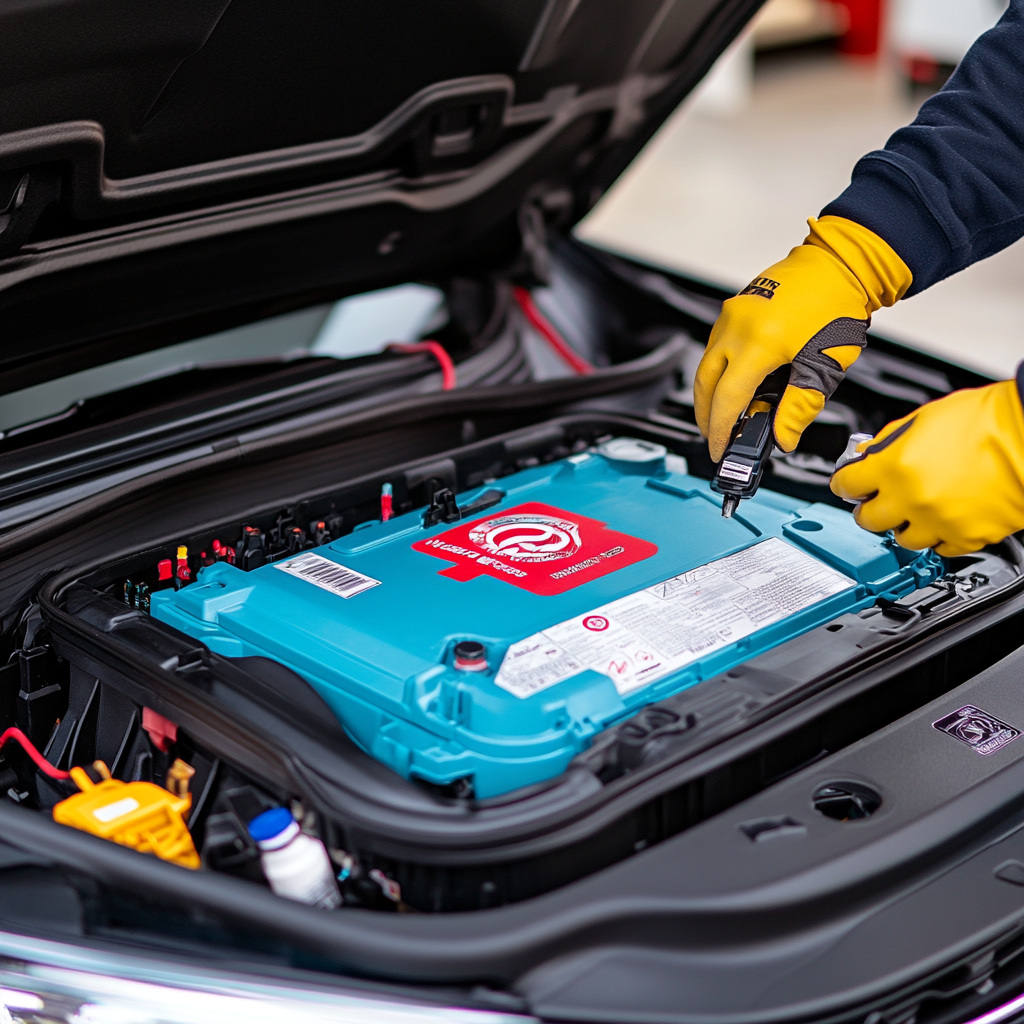
Step 2: Secure the Battery with the Hold-Down Clamp
After placing the battery, resecure the hold-down clamp. It will keep your battery secure. A properly secured battery will prevent the shifting of your battery while you are driving, which could damage the connection or battery itself.
Step 3: Connect the Positive Terminal First
While you are connecting the terminals, always start with the positive terminal. Take the red cable and slide it onto the positive (+) sign terminal. And tighten the terminal’s nut securely by using a wrench.
Step 4: Connect the Negative Terminal
After connecting the positive terminal, now start connecting the negative terminal. Take the black cable and slide it into the negative terminal. Tighten the terminal’s nut using your wrench, just like you did with the positive terminal. Check That the connection is secure.
Step 5: Test the New Battery
Once you properly connected your battery it’s time to test the new battery. Start your car to ensure it turns over properly. If the engine starts without any issues, your new battery is installed correctly. If it doesn’t start, check the connections again to ensure they’re tight and properly aligned.
Step 6: Check for Warning lights
After starting the car take a look in your dashboard for any warning light. If there are no warning lights and the car starts smoothly, your installation was successful. However, if you see a battery warning light or other alerts, there may be an issue with the connection or the battery itself. In that case, recheck all the connections.
Post-Installation Tips and Final Checks
After installing the new battery, it’s mandatory to run some final tests to make sure everything is working correctly. First of all start your car and let it run for a few minutes. Pay close attention to your engine cranks, if it starts smoothly your installation is perfect. Also check your car’s dashboard for any warning lights. If there are no warning lights on, then the connections are solid. And the battery is working as it should.
In some cases if you don’t use a memory saver you may need to reset certain systems after replacing the battery. Like clock, radio, and power windows depending on your car model. Refer to your car’s manual to find out if any systems need to be reset and follow the instructions provided in your car’s manual.
Lastly, take your car for a short test drive. It will ensure that your battery is working well under driving conditions. With these checks complete, your new battery installation should be fully successful and ready to power your car reliably.


